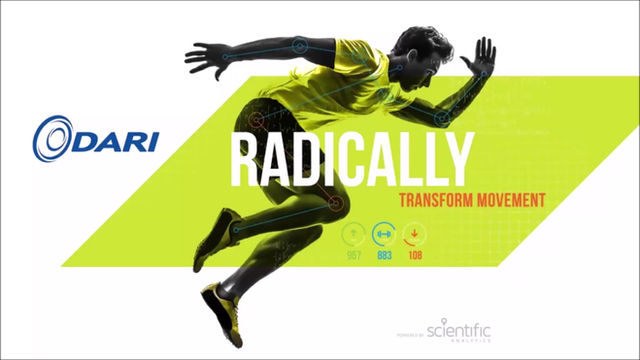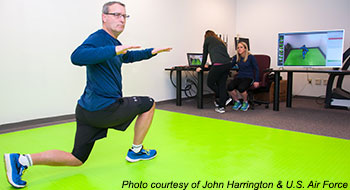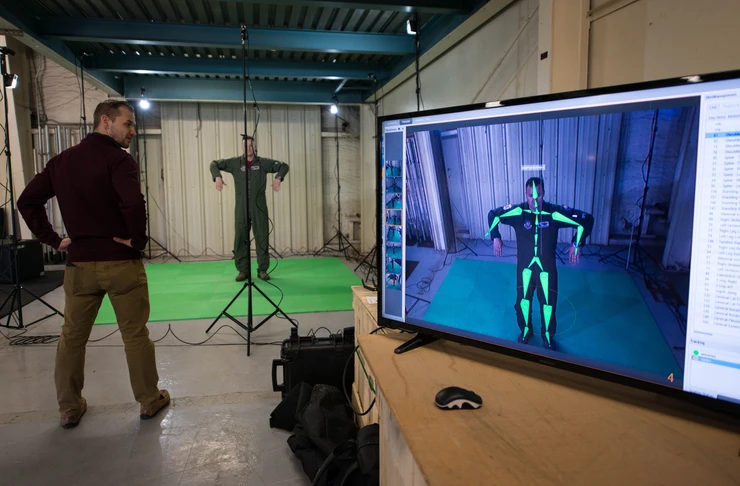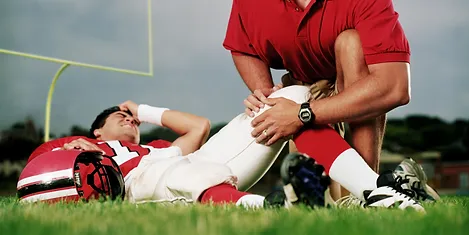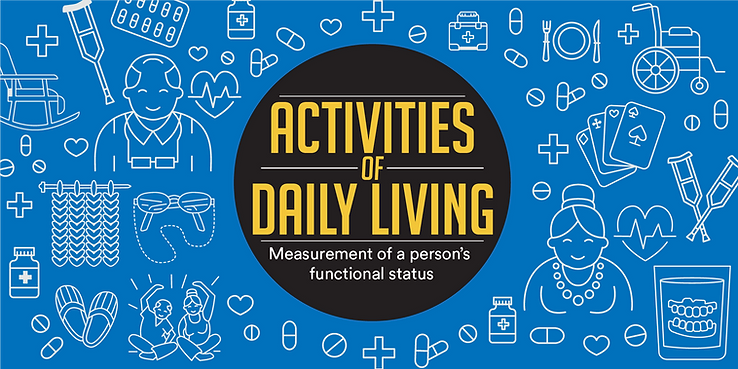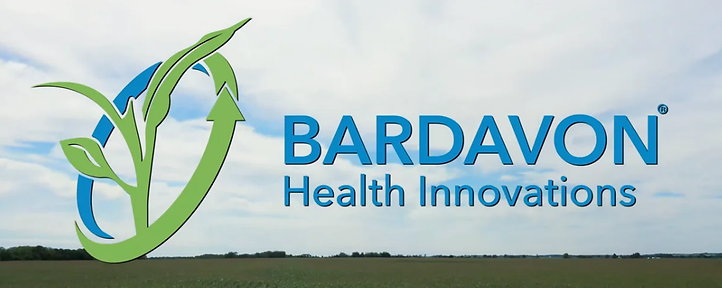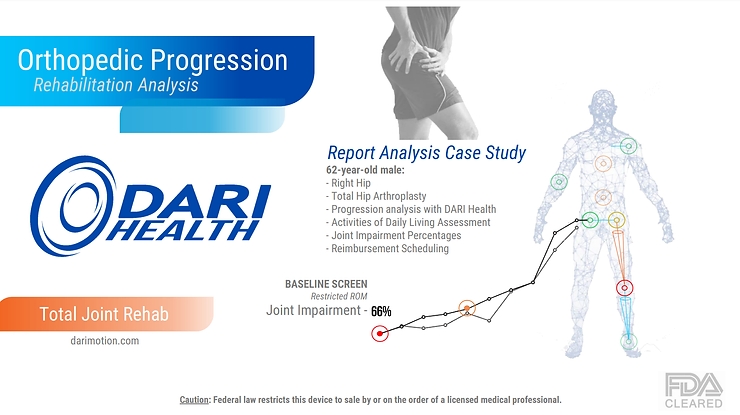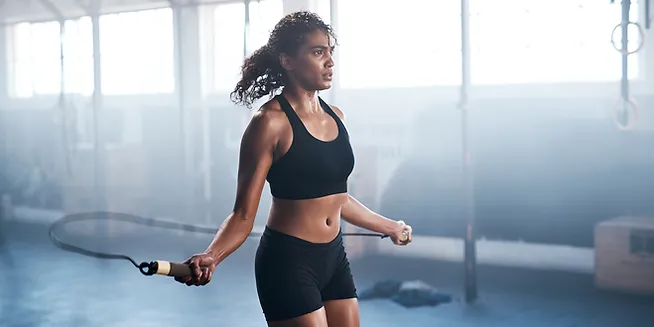What was once subjective has now transformed into objective… tracking what the human eye can easily miss.
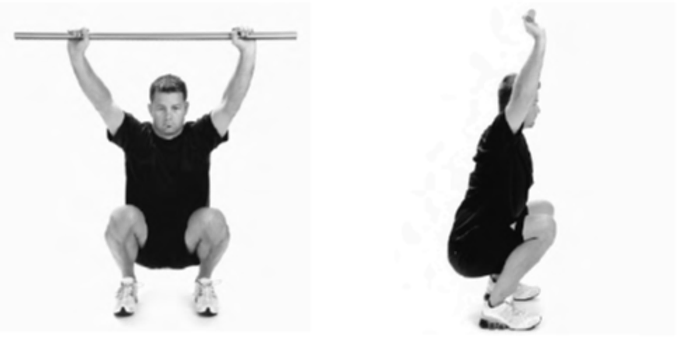
The desire to track and monitor human movement has been around for more than 70 years, but the focused science on functional movements started in the mid 1990s. Instead of working on more complex human movements like gait, some biomechanist started breaking down those movements into more basic movement patterns. The theory follows that if you can’t do the basic functional task first how can someone do something more complicated without complications. The results have manifested over a 25 year improvement in knowledge related to functional tasks.
The science started with standard observation of movement with the naked eye. As certain patterns started to emerge so did tools for tracking those tasks more accurately. Different measurement devices (rods, tapes, bars) started being used more regularly. Around 2005, motion capture technologies were being introduced to take the concept of functional screening and focus more on granular detail about “how you moved” rather than just “what you did”. Motion capture recently over the last 5 years has been able to fortify the functional screen and remove any human error in measurements. Leaving only objective, non-bias, movement data ready for review by researchers and professionals.
